LAB REPORT
Science and Technology Making Headlines
May 20, 2016

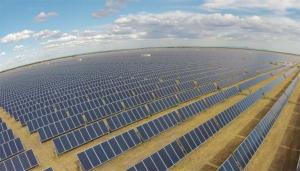
The Lawrence Livermore Solar Center will generate 6,300 megawatts annually.
Here comes the sun
The Lawrence Livermore Solar Center opened its doors this week for a dedication and tours for employees and the public.
The solar center occupies 10 acres in the northwest corner of the Laboratory site. It has 12,720 solar panels with a capacity of 3.9-megawatts-dc (3.3-megawatt-ac). The Western Area Power Administration has a 20-year contract to purchase the electricity the solar farm produces. At its peak, the solar facility provides about 5 percent of the electricity used by the Laboratory.
Federal Chief Sustainability Officer Christine Harada attended the dedication. “This effort is a great example of the federal government leading by example,” she said. “The Lawrence Livermore Solar Center will provide DOE with cost-effective solar power for years to come, a great accomplishment in support of the administration's climate vision for our country."
The solar farm is expected to generate approximately 6,300 megawatt hours annually and represents DOE/NNSA's largest purchase of solar energy from an onsite facility.
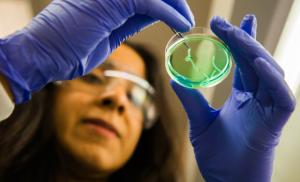
Monica Moya holds a self-assembly bio ink. Photo by Lanie Rivera/LLNL.
Beyond the frontiers of medical treatment
3D printing continues to drive innovations in many disciplines, including engineering, manufacturing, aerospace, global security and medicine. Most 3D products are made of plastics or metals, but cutting-edge 3D printing techniques have been leveraged in the biomedical engineering field using bioinks — a fluid with biological components — to manufacture vascularized tissue.
This approach could eventually be used to engineer complete human organs for implantation and to assess medical treatments.
A Lawrence Livermore National Laboratory team led by biomedical engineer Monica Moya has been refining a bioprinting approach for two years. The team has already created vascularized tissue patches and envisions establishing hierarchical vascular networks similar to those in the human body, as a step toward developing larger 3D organs.

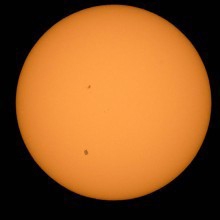
The planet Mercury is seen in silhouette, lower third of image, as it transits across the face of the sun.
Mercury makes its move
Around 13 times per century, Mercury passes between Earth and the sun in a rare astronomical event known as a planetary transit. The 2016 Mercury transit occurred on May 9 between roughly 4:12 a.m. and 11:42 p.m. PDT.
NASA’s stunning video of the transit of Mercury across the sun was made possible in part by work done by Lawrence Livermore scientists. Regina Soufli, a member of the Physics Division, led her LLNL team, including Jeff Robinson, Eberhard Spiller, Sherry Baker and Jay Ayers, aof Lawrence Berkeley National Laboratory’s Center for X-ray Optics, Reflective X-ray Optics, LLC and other institutions, on the design, development, fabrication and calibration of the multilayer mirrors used in the extreme ultraviolet (EUV) telescopes of NASA’s Solar Dynamics Observatory (SDO) mission.
The SDO multilayer mirrors act as reflective lenses and are responsible for capturing the images and movies of the sun produced by SDO at seven extreme ultraviolet wavelengths, including those shown in NASA’s video of the Mercury transit.
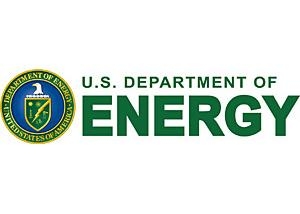
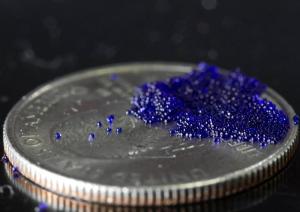
Microcapsules containing sodium carbonate solution are suspended on a mesh during carbon dioxide absorption testing.
Capsules pack powerful punch
They may be tiny, but these capsules promise to have a big impact in the fight against climate change.
Using the same baking soda found in grocery stores, scientists from Lawrence Livermore, along with colleagues from Harvard University and the University of Illinois at Urbana-Champaign, have created a significant advance in carbon dioxide capture.
The team developed a new way to capture carbon by encapsulating a sodium carbonate solution in a shell made of a material similar to that of a silicone spatula. The capsules keep the liquid contained inside the core, and allow the CO2 gas to pass into the shell. The CO2 then reacts with the sodium bicarbonate (the main ingredient in baking soda,) where it is trapped before it can enter the atmosphere.

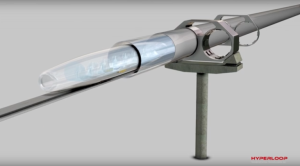
Hyperloop Transportation Technologies has licensed passive magnetic levitation technology from Lawrence Livermore. Image courtesy of Hyperloop Transportation Technologies.
Levitating toward speed
By using "passive magnetic levitation," originally developed by Lawrence Livermore, Hyperloop Transportation Technologies (HTT) hopes to build affordable and reliable hyperloop tracks and pods. The result could pave the way to 700 mph transportation.
Instead of using the same magnetic levitation technology that you'd find on high-speed trains in Europe and Japan, HTT has licensed a technology called "passive magnetic levitation." Unlike traditional maglev, passive magnetic levitation would not require power supplied to the rails, but instead uses unpowered coils of wire on the track and a magnetic system on the pod combined with linear induction motors to achieve high-speed travel.
One of the main differences between passive magnetic levitation and traditional maglev is that movement is required to achieve levitation in the passive system. The technology, developed in 2000 by Richard Post of the Laboratory, (who dubbed the technology Inductrack), does not use powered electromagnets or superconducting magnets.

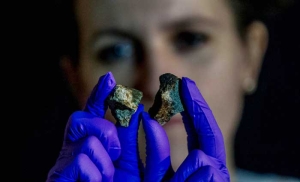
LLNL researcher Megan Bruck Syal examines a pair of meteorites destined to be vaporized by high-powered lasers. Photo by Julie Russell/LLNL.
Rocking down on Earth
A few 4.6 billion-year-old meteorites found in Antarctica survived violent collisions in the asteroid belt before raining down on Earth.
They are now in the hands of Lawrence Livermore National Laboratory scientist Megan Bruck Syal, who she intends to vaporize them by a high-powered laser.
Scientists hope the data they yield on asteroid deflection could one day save Earth from disaster.





